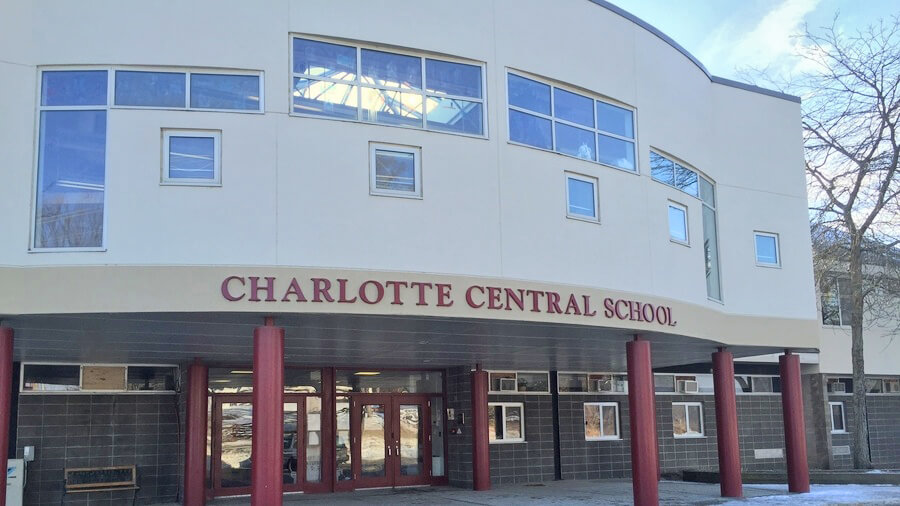Elementary school classes see multi-age opportunities next year
 After five years, Charlotte Central School (CCS) is changing the way elementary education is experienced by students in grades one through four. The current model is to “loop” students, by grade, in a two-year period with the same teacher and same students for both years. Starting this fall, first and second grade students will be placed in multi-age classrooms, and moving forward, all subsequent 1-4 students will do the same.
After five years, Charlotte Central School (CCS) is changing the way elementary education is experienced by students in grades one through four. The current model is to “loop” students, by grade, in a two-year period with the same teacher and same students for both years. Starting this fall, first and second grade students will be placed in multi-age classrooms, and moving forward, all subsequent 1-4 students will do the same.
Stephanie Sumner, co-principal and K-4 instructional leader at CCS, said that the move to multi-age classrooms is not new—the school had grade-combined classrooms for at least 10 years before looping was introduced. She said the current switch is prompted by several factors: reduced enrollment trends, student needs and the desire to remain flexible with staffing.
Beginning with the 2019-20 school year, first and second graders will be split into three multi-age classrooms taught by Shannon Spellman, Michelle Filardi and Monica Lubic. Students will remain with students in their own grade for math. Sumner said that while the broad concept is developed, the particulars are still being fine tuned. “That can be done in a variety of ways, which are being explored and could include a co-teaching model with a special educator or math specialist, or with one of the team teachers taking a lead on math as a specialty area and working with several groups while other team teachers take on other areas of the curriculum,” she wrote in an email.
Linda Poirier and Kris Gerson will teach third grade next year, and Leslie Thayer and Kathy Lara will have fourth grade classrooms. After 19 years at CCS, beloved fourth grade teacher Ena Jessett is retiring. The 2020-21 school year will bring multi-age classrooms into third and fourth grades. Sumner said they are always flexible and open to modifying their educational models. “We can never fully guarantee that everything will remain the same, including teacher placement, on a year-to-year basis, as situations may arise where there is a need to create greater balance in class groupings, or a staffing change such as a retirement, or a need to shift staffing to respond to changing enrollment. However, we are focused on creating a configuration that is most stable and able to flex to support such fluid situations,” she said.
Some of the benefits of the looping system are also its pitfalls: a cohesive peer group and a great student-teacher relationship works well over a two-year period, but should a student have a conflict or learning style that doesn’t mesh with peers or the teacher, that student remains in the loop for two years. Sumner said that, while keeping some of the benefits of looping, the new system allows for expanded peer groups and the opportunity to experience a variety of teaching styles.
In addition, Sumner said, this allows students to work with others who are of similar abilities or interests. “Developmentally, there are strong commonalities in the developmental stages of 6- and 7-year-olds as there are 8- and 9-year-olds. Creating groups across a multi-grade configuration will continue to support the ways in which teachers differentiate instruction for students in order to support individual strengths.”

